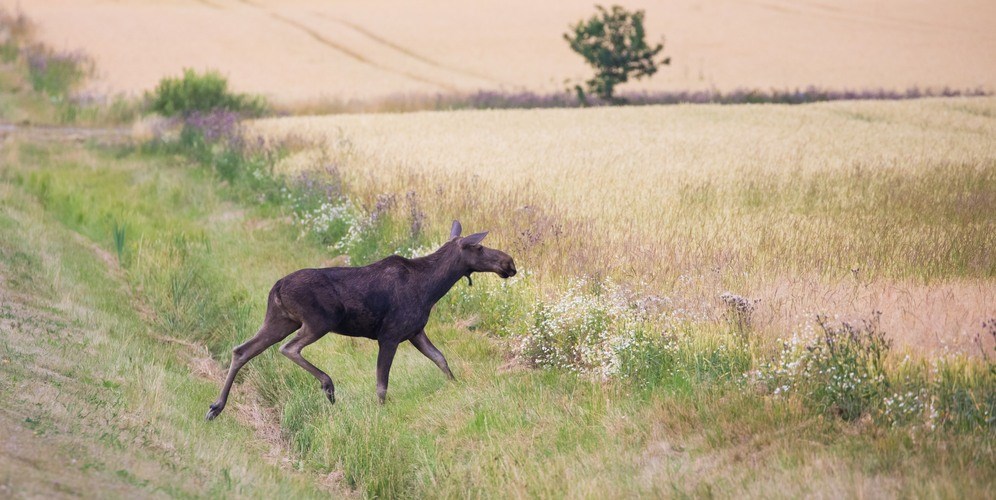
Photo: Mostphotos
Beat hunting, drive hunting
Beat hunting is a method commonly used to hunt cloven game. When used on small game, the same technique is called driven hunt. Beat hunting requires:
- Good knowledge of the hunting field
- Preparation of the beat
- The marking of passes
- Great consideration for safety
Successful beat hunting requires a lot of people, both beaters and shooters. Elk hunting takes place over a large area. For game such as deer, the area is usually smaller.
How is the hunt done?
Before the hunt begins, instructions are given by the hunt leader. These instructions must be followed!
The terrain determines the distance between the beaters. In dense terrain drivers stay close together, and in more sparse forest areas they may stay far apart.
The beat moves in a line. Sometimes hunters will shout out to maintain the line and to startle the game. The beater is in charge of it all. Sometimes the beat will stop to re-establish the line. As the beat approaches the shooters, the beat is straightened one last time. At that point, the shooters are not allowed to fire towards the beat.
When hunting in a smaller field, shooters can shoot together, meaning that the shooters are close enough to each other that the game is forced to pass within someone's firing range. Whoever is closest to the game gets the shot. The neighboring shooter may help finish off a wounded animal. Security is important, backstops are mandatory and no one is allowed to leave their post until the beat is finished.

Deer. Photo: Mostphotos
A struck elk can move for miles in a certain direction. Red deer and fallow deer can stand pushing for a long time and move back and forth through the beat line. They can also escape before the beat starts.
Deer tend to stay in large fields, they choose to move in a curve, backwards through the beat.
Without dogs, it is virtually impossible to drive out wild boar that shelter for the day in young forests, reeds or dense shrubbery.
Driven hunt
In agricultural areas, pheasant and hare are most commonly hunted in driven hunts, while small lakes are used for duck hunting and larger forest areas for fox hunting.

Common hare. Photo: Mostphotos
Pheasant
Pheasant is often hunted in forest areas, reeds and food plantations, where pheasants can be found in autumn and winter. The driving line follows the wind directions, as it is nearly impossible to get pheasants to fly against the wind. They move close to each other in a straight line.
When the birds take off, the line slows down to give the shooters time to shoot.
Since a shooter might have the driving line straight in front of him, it is important to never fire shots at an angle of less than 45 degrees.
Hare
Hares are found in stubble fields, rape fields and grasslands in autumn and winter. A successful hunt requires many drivers and shooters. Sometimes the members of the beat line are allowed to shoot at hares going backwards.
Fox
Foxes are drive hunted in the fields where foxes spend time in the day. This can include pastures, shrubbery and small forest areas. Large areas are covered. Since the fox will often leave the field as soon as it senses trouble, not as many people are needed in the beat.
It is important for the shooters to get to their posts and then stay there in complete silence.

Photo: Mostphotos
